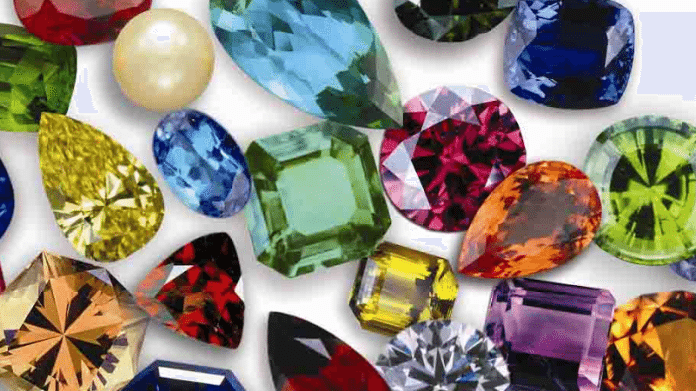
PALLINGHURST Resources CEO, Arné Frandsen, warned investors in August that it was perhaps too early to call the recovery of the commodity markets.
He may have specific reasons for the caution. Pallinghurst was beaten up in the downturn posting non-cash losses of $33m in its 2016 financial year, most of which related to Gemfields, a UK-listed firm in which it has a 47.59% stake.
Analysts, however, are turning upbeat on the stock – a view that seems to be reflected from about mid-July. Shares in Gemfields fell 26% during its 2016 financial year but then traded up to a 12-month high in early October.
The stock has since weakened a tad, but Macquarie believes there’s a lot of value in the company largely owing to its first mover advantage.
Gemfields is the creation of mining veteran Brian Gilbertson who recognised about 10 years ago that there was an opportunity to establish a dominant player in coloured gemstone mining.
At the time, the industry consisted of small companies and almost no concerted marketing effort. Having seen tanzanite briefly challenge diamonds, might then the same be achieved for emeralds, rubies and sapphires?
Starting with the Kagem emerald mine in Zambia, followed by the Montepuez ruby mine in Mozambique, Gemfields set about its masterplan of establishing a bit hitter presence in the market.
Gilbertson then bought Fabergé from Unilever, where it was being used to market after-shave and deoderant, in an effort to give the hitherto amorphous gemstones industry a name and brand.
“To this extent we see Gemfields more as an integrated luxury goods play but with most of the current value in the upstream mining business,” said SP Angel, a UK stock broker that initiated coverage of Gemfields earlier this year.
Global imports of emeralds, rubies and sapphires reached an estimated $5.9bn in 2015, a 13% improvement year-on-year and which is thought to be stronger than diamond demand.
Now Gemfields is expanding its mines. In the next three years it hopes to produce 40 million carats of emeralds and 20 million carats of rubies a year.
Said Macquarie: “Gemfields has a strong first mover advantage in the emerging gemstone market. It achieved a ten-fold increase in emerald pricing over the past five years by delivering a consistent and reliable supply in the market and believes 5% to 10% annual real price growth is achieveable for the medium term.”










